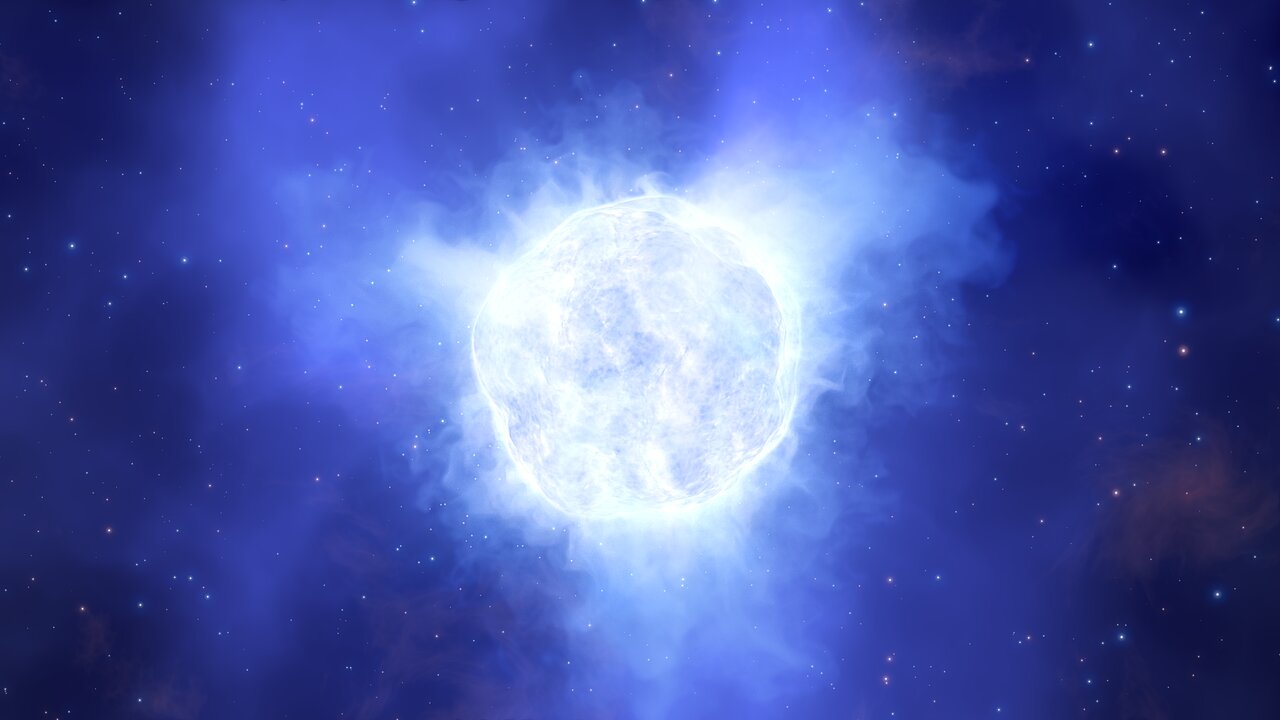
Astronomers have published a gigantic infrared map of the Milky Way containing more than 1.5 billion objects — the most detailed one ever made. Using the European Southern Observatory’s VISTA telescope, the team monitored the central regions of our Galaxy over more than 13 years. At 500 terabytes of data, this is the largest observational project ever carried out with an ESO telescope.
“We made so many discoveries, we have changed the view of our Galaxy forever,” says Dante Minniti, an astrophysicist at Universidad Andrés Bello in Chile who led the overall project.
This record-breaking map comprises 200,000 images taken by ESO’s VISTA — the Visible and Infrared Survey Telescope for Astronomy...
Read More









Recent Comments